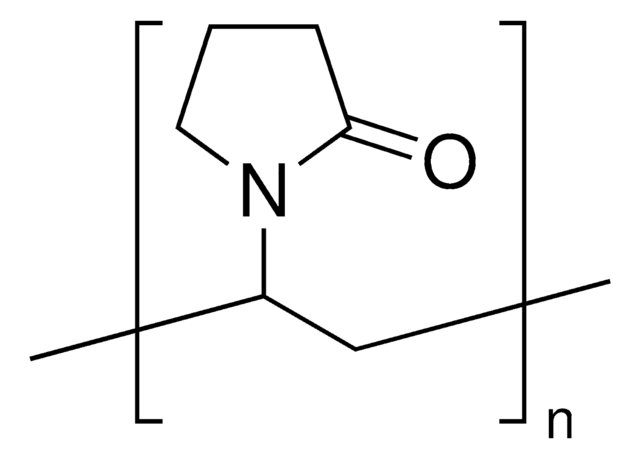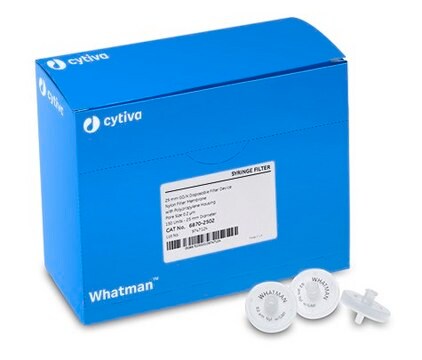Kluczowe dokumenty
437190
Polyvinylpyrrolidone
average Mw ~1,300,000 by LS
Synonim(y):
PVP, Polyvidone, Povidone
About This Item
Polecane produkty
Formularz
powder
Poziom jakości
masa cząsteczkowa
average Mw ~1,300,000 by LS
mp
>300 °C
ciąg SMILES
C=CN1CCCC1=O
InChI
1S/C6H9NO/c1-2-7-5-3-4-6(7)8/h2H,1,3-5H2
Klucz InChI
WHNWPMSKXPGLAX-UHFFFAOYSA-N
Szukasz podobnych produktów? Odwiedź Przewodnik dotyczący porównywania produktów
Powiązane kategorie
Opis ogólny
Zastosowanie
triangular and nanoplates. It may also used as a capping agent in the synthesis of silver nanospheres,gold nanoframes.General applications pf PVP are: in pharmaceutical, food, beverage, cosmetic, toiletry and photographic industries.
Inne uwagi
Kod klasy składowania
11 - Combustible Solids
Klasa zagrożenia wodnego (WGK)
WGK 1
Temperatura zapłonu (°F)
Not applicable
Temperatura zapłonu (°C)
Not applicable
Środki ochrony indywidualnej
Eyeshields, Gloves, type N95 (US)
Wybierz jedną z najnowszych wersji:
Masz już ten produkt?
Dokumenty związane z niedawno zakupionymi produktami zostały zamieszczone w Bibliotece dokumentów.
Klienci oglądali również te produkty
Produkty
Noble-Metal Nanostructures with Controlled Morphologies
Developed in the last several years, fluorescence quenching microscopy (FQM) has enabled rapid, inexpensive, and high-fidelity visualization of two-dimensional (2D) materials such as graphene-based sheets and MoS2.
Lithium-Ion Battery Performance: Dependence on Material Synthesis and Post‑Treatment Methods
Global Trade Item Number
| SKU | GTIN |
|---|---|
| 437190-25G | 4061832118185 |
| 437190-500G | 4061835563050 |
| 437190-1KG | 4061832118123 |
| 437190-8KG |
Nasz zespół naukowców ma doświadczenie we wszystkich obszarach badań, w tym w naukach przyrodniczych, materiałoznawstwie, syntezie chemicznej, chromatografii, analityce i wielu innych dziedzinach.
Skontaktuj się z zespołem ds. pomocy technicznej



